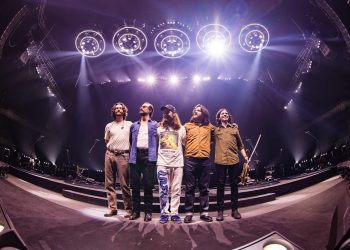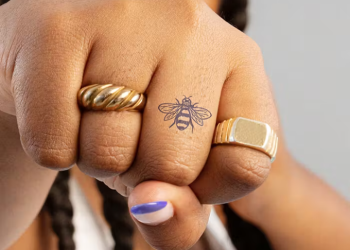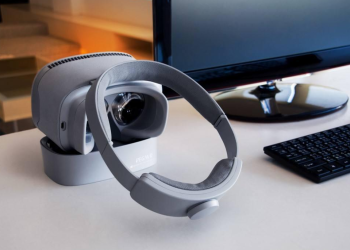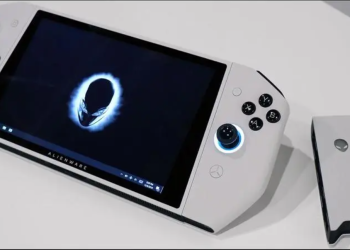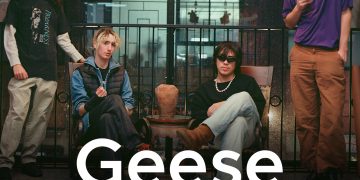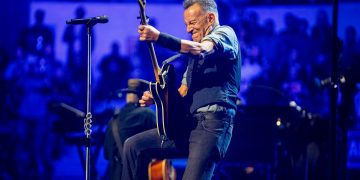Digital art has undergone a remarkable evolution since its inception, transforming from simple pixelated images to immersive virtual realities. In this article, we delve into the fascinating journey of digital art, tracing its origins, major milestones, and future trends.
I. Introduction
Digital art encompasses a broad spectrum of artistic expressions created using digital technology. From digital paintings to virtual sculptures, artists have leveraged technology to push the boundaries of creativity and imagination.
II. Early Beginnings
The roots of digital art can be traced back to the 1950s when computer scientists began experimenting with primitive graphics programs. Early pioneers like Ben Laposky and Frieder Nake created abstract artworks using analog computers, laying the groundwork for future digital artists.
III. Emergence of Computer Graphics
The advent of computer graphics in the 1960s revolutionized the field of digital art. Innovations such as Ivan Sutherland’s Sketchpad software and the development of raster graphics paved the way for the creation of complex images and animations.
IV. The Rise of Digital Painting
The 1980s saw the rise of digital painting software, such as Adobe Photoshop and Corel Painter, which provided artists with powerful tools for creating and manipulating images. These programs democratized digital art, making it accessible to a wider audience.
V. Impact of the Internet
The proliferation of the internet in the 1990s transformed the way digital art was created, shared, and consumed. Online platforms like DeviantArt and ArtStation provided artists with global exposure, while digital distribution platforms allowed them to monetize their work more easily.
VI. Digital Sculpting and Modeling
Advancements in digital sculpting and modeling tools in the early 2000s revolutionized the creation of 3D digital art. Software such as ZBrush and Blender enabled artists to sculpt intricate models with unprecedented detail and realism.
VII. Mixed Media and Collage
Digital artists began experimenting with mixed media and collage techniques, blending traditional and digital elements to create hybrid artworks. This fusion of mediums opened up new possibilities for artistic expression and creativity.
VIII. Virtual Reality Art
The emergence of virtual reality (VR) technology has ushered in a new era of immersive digital art experiences. Artists can now create interactive VR environments that engage the viewer on a whole new level, blurring the lines between art and reality.
IX. Augmented Reality Art
Augmented reality (AR) has also become a popular medium for digital artists, allowing them to overlay digital artwork onto the physical world. AR art installations and experiences have gained traction in recent years, offering audiences unique and interactive artistic encounters.
X. AI and Generative Art
Artificial intelligence (AI) has emerged as a powerful tool for creating generative art, where algorithms are used to generate complex and evolving artworks. AI-driven creativity platforms like DeepDream and DALL-E are pushing the boundaries of what is possible in digital art.
XI. Blockchain and Digital Ownership
Blockchain technology has introduced new possibilities for digital art ownership and authentication. By leveraging blockchain-based platforms like NFT (Non-Fungible Token) marketplaces, artists can tokenize their digital creations, ensuring provenance and scarcity in the digital realm.
XII. Social Media and Digital Art Communities
Social media platforms have become vibrant hubs for digital art communities, allowing artists to connect, collaborate, and showcase their work to a global audience. Platforms like Instagram, Twitter, and TikTok have become essential tools for artists to build their brand and network with fellow creatives.
XIII. Digital Art in Contemporary Culture
Digital art has permeated contemporary culture, influencing everything from advertising and entertainment to fashion and design. Its dynamic and ever-evolving nature reflects the rapid pace of technological innovation and societal change.
XIV. Future Trends
Looking ahead, the future of digital art is filled with exciting possibilities. Advances in technology such as artificial intelligence, virtual reality, and blockchain will continue to reshape the landscape of digital art, opening up new avenues for exploration and creativity.
XV. Conclusion
In conclusion, the evolution of digital art has been a journey marked by innovation, experimentation, and creativity. From humble beginnings to immersive virtual realities, digital art has transformed the way we create, experience, and interact with art. As technology continues to advance, the future of digital art holds boundless opportunities for artists and audiences alike.

FAQs After The Conclusion
1. What software do digital artists use? Digital artists use a variety of software depending on their specific needs and preferences. Some popular tools include Adobe Photoshop, Corel Painter, Autodesk Maya, and Blender.
2. How do artists monetize their digital artwork? Artists can monetize their digital artwork through various avenues, including selling prints, licensing their work for commercial use, participating in art exhibitions, and selling digital files as NFTs (Non-Fungible Tokens).
3. What is the difference between virtual reality (VR) and augmented reality (AR) art? Virtual reality (VR) art involves creating immersive digital environments that users can interact with using VR headsets. Augmented reality (AR) art, on the other hand, overlays digital artwork onto the physical world using AR-enabled devices like smartphones or tablets.
4. What is generative art? Generative art refers to artworks that are created using algorithms or other rule-based systems. These algorithms generate artwork autonomously, often resulting in complex and unpredictable patterns and forms.
5. How does blockchain technology impact digital art ownership? Blockchain technology enables artists to tokenize their digital artwork, creating unique digital assets known as NFTs (Non-Fungible Tokens). These tokens are stored on a blockchain, providing a secure and transparent record of ownership and provenance.
6. Are there online communities for digital artists? Yes, there are many online communities and forums where digital artists can connect, share their work, and collaborate with others. Platforms like DeviantArt, ArtStation, and Behance are popular destinations for digital artists.
7. Can digital art be considered “real” art? Yes, digital art is considered a legitimate form of artistic expression. Like traditional art forms, it requires skill, creativity, and vision to create meaningful and impactful works of art.
8. What are some emerging trends in digital art? Some emerging trends in digital art include the use of artificial intelligence for creative purposes, the integration of virtual and augmented reality technologies, and the exploration of blockchain-based art marketplaces.



